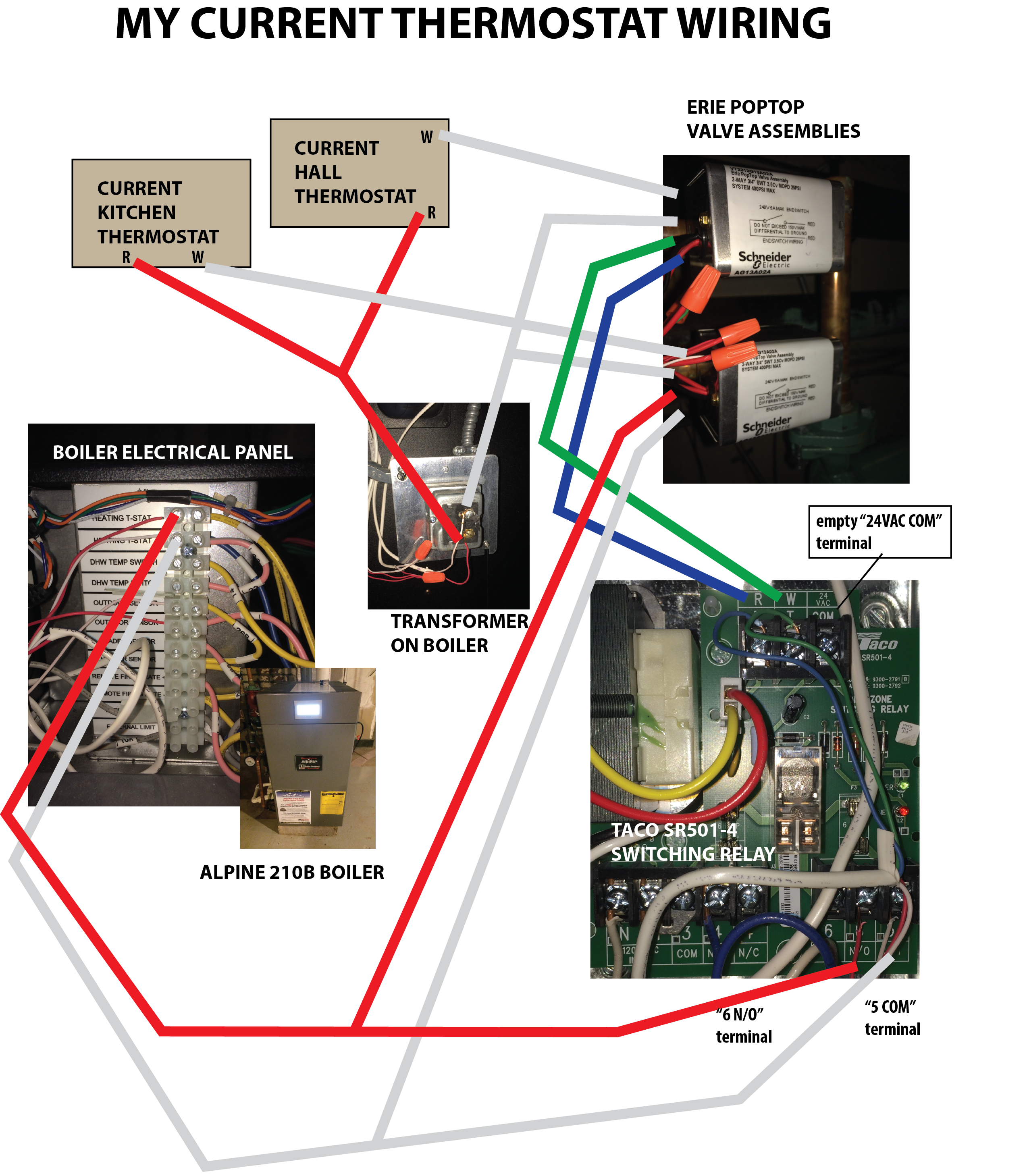Disc Cover 2 3 2 Mac Serial Terminal
Reinstall macOSRELATED:Most people know Recovery Mode as the place you go to. Recovery Mode will download the macOS installer files from the Internet if you don’t have them locally, so they don’t take up space on your disk and you’ll never have to hunt for an operating system disc. Better yet, it will download up-to-date installation files so you don’t have to spend hours installing operating system updates later. Microsoft could learn a lot from Apple here. Restore From a Time Machine BackupRELATED:Instead of reinstalling macOS, you can choose to restore your Mac from a time machine backup.

This is like restoring a system image on another operating system. You’ll need an external disk containing a backup image created on the current computer to do this. Browse the WebThe Get Help Online link opens the Safari web browser to Apple’s documentation site.
It’s not limited to Apple’s website, though—you can navigate to any website you like. This feature allows you to access and use a browser on your Mac even if it isn’t booting properly.
Disc Cover 2 3 2 Mac Serial Terminals
It’s ideal for looking up troubleshooting information. Manage Your DisksThe Disk Utility option opens the same Disk Utility you can access from within macOS. It allows you to partition disks, format them, scan disks for problems, wipe drives, and set up drives in a. If you need to edit partitions from outside your operating system, you can just boot into the recovery environment—you don’t have to download a special partitioning tool and boot into it. Choose the Default Startup DiskRELATED:Click the Apple menu on the bar at the top of your screen and select Startup Disk to access the Choose Startup Disk tool.
Use this tool to choose your computer’s default startup disk and reboot into another operating system. For example, it’s useful if you have Windows installed alongside macOS with. Add or Remove an EFI Firmware PasswordRELATED:You can also add a firmware password to your Mac. This works like a on a Windows or Linux PC. Click the Utilities menu on the bar at the top of your screen and select Firmware Password Utility to open this tool.Use the tool to turn on a firmware password, which will prevent your computer from starting up from a different hard disk, CD, DVD, or USB drive without the password you provide. This prevents people form booting up your Mac with an unauthorized operating system.

If you’ve already enabled a firmware password, you can remove it from here. Use Network Tools to Troubleshoot Your ConnectionSelect Utilities Network Utility to open a network diagnostic tool. This utility provides a graphical way to view your network connection information.RELATED:You can also use the netstat, ping, lookup, traceroute, whois, finger, and port scan utilities from here.

These can be helpful to. For example, the ping command can demonstrate whether you can communicate with a remote host and show you if you’re experiencing packet loss, while can show you where a connection is failing if you can’t connect to a remote server. Open a TerminalIf you’d like to get your hands dirty, you can select Utilities Terminal to open a terminal from here. This terminal allows you to do more advanced troubleshooting. MacOS uses the bash shell, just as typical Linux distributions do.Most people will just need to use the Reinstall macOS option here, but there are many other tools you can benefit from.
If the Recovery Mode files on your Mac are damaged or unavailable, your Mac will automatically download them from Apple so you can use the full recovery environment.